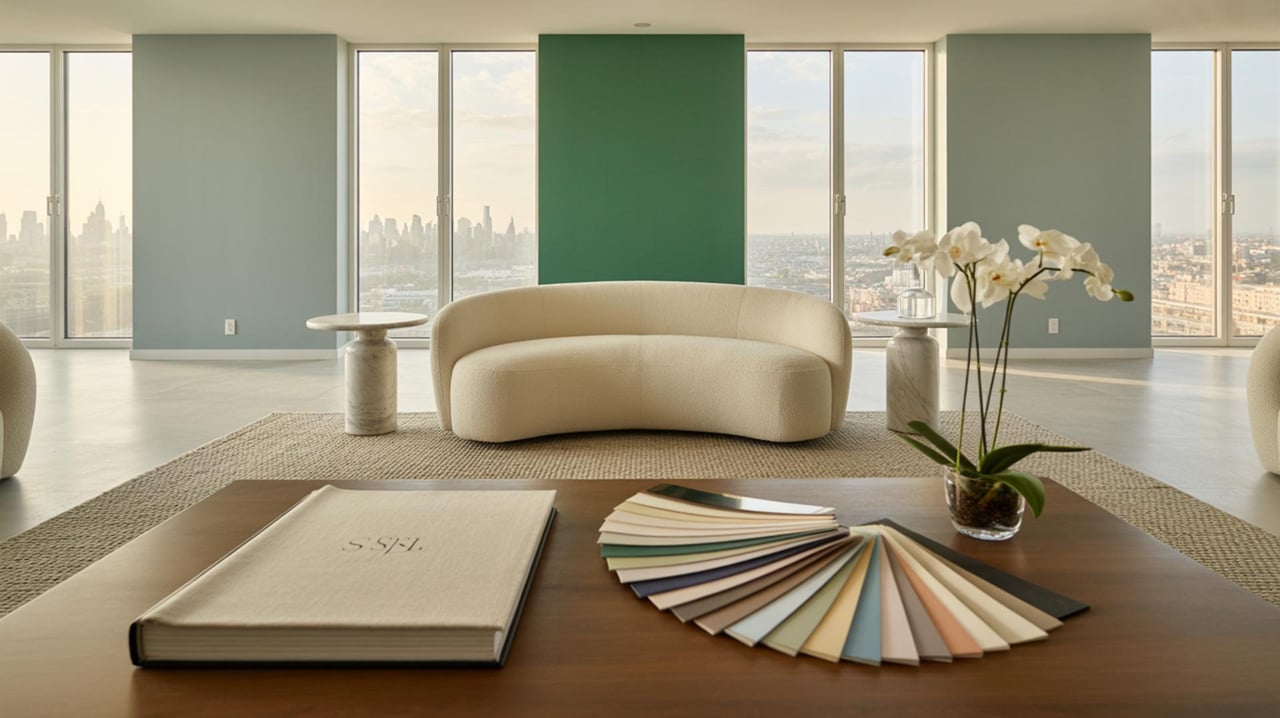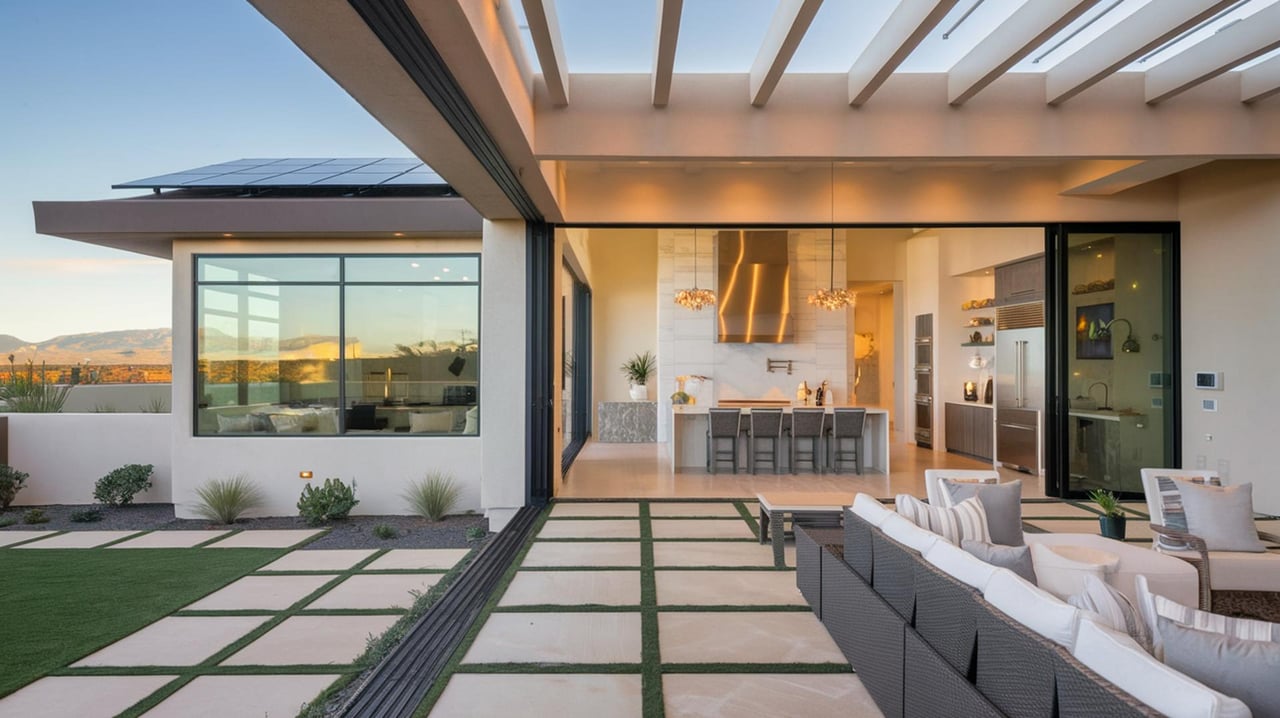Creating the perfect ambiance in your home often begins with choosing the right paint tones. The colors you select can influence the mood, perception of space, and overall aesthetic of your living environment. Whether you're looking to refresh a single room or transform your entire home, understanding how to choose and apply paint tones effectively is key. Expert insights can guide you in making informed decisions that reflect your personal style while enhancing the functionality of your spaces.
Understanding Color Psychology
Color psychology plays a significant role in how paint tones affect the atmosphere of a room. Different colors can evoke various emotions and reactions. For instance, blues and greens are often associated with calmness and tranquility, making them ideal for bedrooms or bathrooms. On the other hand, vibrant reds and oranges can energize a space, perfect for social areas like living rooms or kitchens. Understanding the psychological impact of colors can help you choose tones that align with the intended purpose of each room.
Considering Natural Light
Natural light significantly influences how paint colors appear in a space. Rooms with ample sunlight can handle darker or bolder colors, as the light will enhance their vibrancy. Conversely, in spaces with limited natural light, lighter tones can help brighten the area and prevent it from feeling closed in. Observing how light interacts with your space at different times of the day can guide your color selection, ensuring the tones you choose complement the natural lighting conditions.
Testing Paint Samples
Before committing to a paint color, testing samples on your walls is crucial. Paint colors can look different in the store compared to how they appear in your home. Apply samples on various walls and observe them at different times of the day to see how they change with the light. This step can prevent costly mistakes and ensure that the color you choose is the perfect fit for your space.
Balancing Color Schemes
Creating a harmonious color scheme involves balancing different tones throughout your home. Consider using a color wheel to identify complementary colors that work well together. A balanced color scheme can create a cohesive flow from room to room, enhancing the overall aesthetic of your home. Whether you opt for monochromatic, analogous, or complementary schemes, understanding how colors interact can help you achieve a visually appealing balance.
Choosing the Right Finish
The finish of your paint can affect both the appearance and durability of your walls. Flat or matte finishes offer a smooth, non-reflective surface, ideal for hiding imperfections in low-traffic areas. Satin or eggshell finishes provide a slight sheen, making them suitable for moderate-traffic areas like living rooms and bedrooms. For high-traffic areas or spaces prone to moisture, such as kitchens and bathrooms, semi-gloss or gloss finishes offer durability and easy cleaning. Selecting the right finish ensures that your paint not only looks good but also withstands the demands of each space.
Incorporating Accent Walls
Accent walls are an excellent way to introduce bold colors without overwhelming a space. By painting one wall in a contrasting or complementary color, you can create a focal point that adds depth and interest to a room. Accent walls work well in living rooms, bedrooms, and dining areas, providing an opportunity to experiment with color while maintaining a balanced overall palette.
Considering Room Functionality
The function of a room should influence your color choices. For example, a home office might benefit from colors that promote focus and productivity, such as soft blues or greens. In contrast, a playroom can be more vibrant and playful, incorporating brighter tones that stimulate creativity. Tailoring your color choices to the function of each space ensures that the environment supports the activities that take place there.
Using Color to Alter Perceptions of Space
Paint colors can be used strategically to alter perceptions of space. Light colors can make a small room feel larger and more open, while dark colors can create a cozy, intimate atmosphere in larger spaces. Vertical stripes can add height to a room, while horizontal stripes can make a space feel wider. Understanding how color affects spatial perception allows you to manipulate the dimensions of a room to suit your needs.
Coordinating with Existing Decor
When selecting paint tones, consider how they will coordinate with your existing decor. The colors of your furniture, artwork, and accessories should complement the paint tones to create a unified look. If you have a statement piece, such as a colorful sofa or a bold piece of art, you might choose more neutral tones for the walls to allow the piece to stand out. Conversely, if your decor is more subdued, you can use wall colors to add interest and personality.
Seeking Professional Advice
For those uncertain about selecting the right paint tones, seeking professional advice can be invaluable. Interior designers and color consultants have the expertise to guide you in choosing colors that align with your vision and enhance your space. They can provide insights into current trends, timeless color combinations, and innovative techniques that you might not have considered. Engaging a professional can ensure that your paint choices elevate your home’s aesthetic and functionality.
Transform Your Home with the Right Colors
Choosing the perfect paint tones can truly transform your living space, making it feel more vibrant and welcoming. With expert tips and a bit of creativity, you can create a home that reflects your personality and style. Don't hesitate to experiment with colors to find what works best for you. If you're looking for more personalized advice, reach out to Andrea A Romero for expert guidance tailored to your needs.



